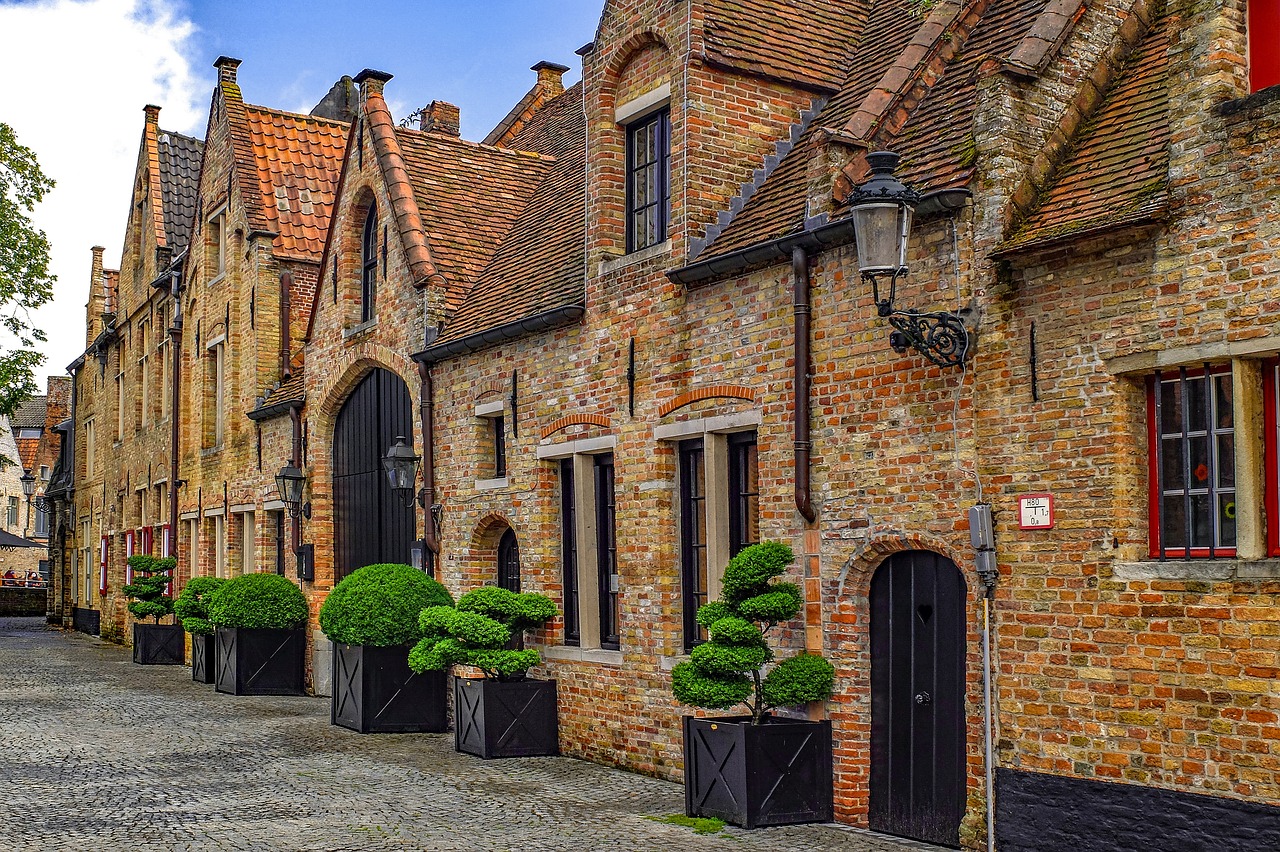Special bricks
[edit] What are special bricks?
Short Guide: Traditional Scottish Brickwork, published, on 1 March 2014 by Historic Environment Scotland, defines special bricks, or specials as: ‘Any purpose-made bricks of non-standard shape.’
Standard bricks tend to be rectangular in shape. The standard co-ordinating size for brickwork is 225 mm x 112.5 mm x 75 mm (length x depth x height). This includes 10 mm mortar joints, so the standard size of a brick itself is 215 mm x 102.5 mm x 65 mm (length x depth x height).
[edit] What are the different types of special brick?
Special bricks are not rectangular, and include:
- Radial, tapered or arch bricks.
- Angle and cant bricks that form returns and chamfers.
- Bullnose bricks with rounded corners.
- Capping and coping bricks.
- Cill bricks.
- Plinth bricks.
- Slip bricks (thin bricks that can be used for cladding).
- Soldier bricks, that form returns for soldier courses.
Bricks can also be cut or hand made to size.
[edit] Related articles on Designing Buildings
Featured articles and news
Gregor Harvie argues that AI is state-sanctioned theft of IP.
Heat pumps, vehicle chargers and heating appliances must be sold with smart functionality.
Experimental AI housing target help for councils
Experimental AI could help councils meet housing targets by digitising records.
New-style degrees set for reformed ARB accreditation
Following the ARB Tomorrow's Architects competency outcomes for Architects.
BSRIA Occupant Wellbeing survey BOW
Occupant satisfaction and wellbeing tool inc. physical environment, indoor facilities, functionality and accessibility.
Preserving, waterproofing and decorating buildings.
Many resources for visitors aswell as new features for members.
Using technology to empower communities
The Community data platform; capturing the DNA of a place and fostering participation, for better design.
Heat pump and wind turbine sound calculations for PDRs
MCS publish updated sound calculation standards for permitted development installations.
Homes England creates largest housing-led site in the North
Successful, 34 hectare land acquisition with the residential allocation now completed.
Scottish apprenticeship training proposals
General support although better accountability and transparency is sought.
The history of building regulations
A story of belated action in response to crisis.
Moisture, fire safety and emerging trends in living walls
How wet is your wall?
Current policy explained and newly published consultation by the UK and Welsh Governments.
British architecture 1919–39. Book review.
Conservation of listed prefabs in Moseley.
Energy industry calls for urgent reform.

























Comments
[edit] To make a comment about this article, click 'Add a comment' above. Separate your comments from any existing comments by inserting a horizontal line.